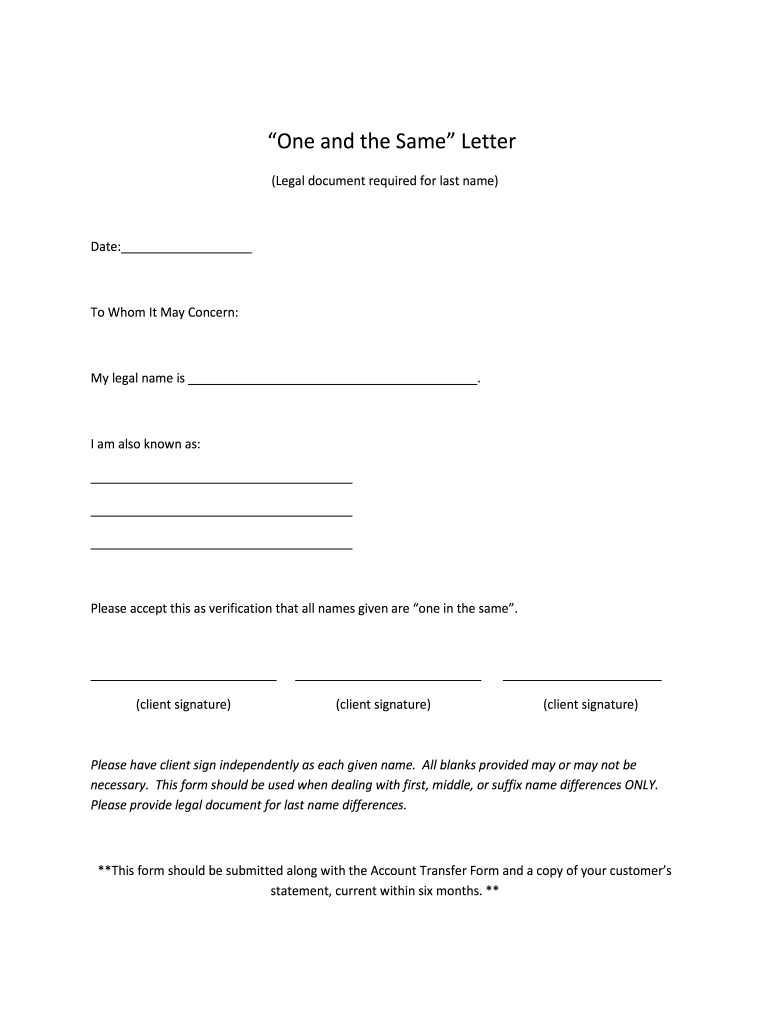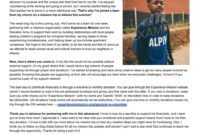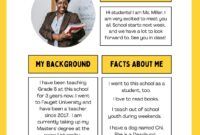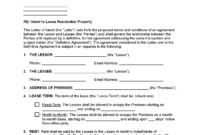Ever found yourself drafting a letter, only to realize you’re starting from scratch yet again? Perhaps you’re sending out a series of communications, be it job application follow-ups, client invoices, or community updates, and each one feels like reinventing the wheel. The truth is, consistency in your written correspondence isn’t just about looking neat; it’s about projecting professionalism, saving precious time, and ensuring clarity across all your interactions.
The idea of having a standardized format isn’t new, but its power is often underestimated. Imagine a world where every formal or semi-formal letter you send, whether personal or professional, adheres to a consistent structure, style, and brand. This is where the concept of a master framework comes into play, making your life significantly easier and your output much more polished.
Why Having a Consistent Letter Template is a Game-Changer
In a fast-paced world, efficiency is king, and maintaining a high level of professionalism in all your written communications is paramount. Think about the impression a well-structured, consistently formatted letter makes versus one that looks hastily put together. A solid template ensures that every piece of correspondence you send out, whether it’s an official notice, a thank you note, or a sales proposal, immediately conveys reliability and attention to detail. This consistency builds trust and reinforces your message, no matter the recipient.
Beyond the aesthetic appeal, a robust template significantly cuts down on the time you spend on drafting. Instead of figuring out margins, font choices, or where to place the date each time, you simply fill in the unique details. This frees up valuable mental energy that can be better spent on the actual content of your message, ensuring it’s impactful and clear. It’s about working smarter, not harder, allowing you to focus on the message rather than the medium.
Furthermore, a standardized framework is invaluable for brand identity, whether that’s for a business or your personal brand. When all your letters share a similar visual and structural identity, they become instantly recognizable. This reinforces your presence and makes your communications more memorable. It signals to the recipient that this correspondence comes from a specific source with a consistent approach, enhancing recall and credibility.

Finally, relying on a pre-defined layout drastically reduces the chances of errors or omissions. Important elements like contact information, disclaimers, or specific legal language can be pre-embedded, ensuring they are never overlooked. This is particularly crucial in formal or legal contexts where accuracy is non-negotiable. It truly makes the case for embracing one in the same letter template for all your needs.
Essential Components to Include in Your Master Template
- Professional Letterhead: Include your organization’s logo, name, and contact information prominently at the top. For personal use, your name, address, phone, and email suffice.
- Date Line: A consistent format for the date, typically aligned left or right below the letterhead.
- Recipient Information: Clear spaces for the recipient’s name, title, and address.
- Salutation: A standard opening that can be easily customized (e.g., “Dear [Name],”).
- Body Paragraph Structure: Consistent spacing and indentation for paragraphs, making the letter easy to read.
- Closing: A professional closing remark (e.g., “Sincerely,” “Regards,”) followed by space for a handwritten signature.
- Typed Name and Title: Your typed name and title below the signature line.
- Enclosure/Attachment Notation: A clear indication if other documents are included.
Crafting Your Universal Letter Template for Maximum Impact
Now that we understand the immense value of a consistent template, let’s explore how you can go about creating your own universal format. The process doesn’t have to be complicated; it primarily involves identifying your common needs, utilizing your word processing software effectively, and thinking ahead to future applications. Start by opening a new document in your preferred program, like Microsoft Word or Google Docs, and consider the typical elements that appear in most of your written communications.
Begin by establishing the foundational elements that will appear in almost every letter. This includes setting your margins, choosing a professional and readable font (like Arial, Calibri, or Times New Roman) and font size (typically 10-12 points), and deciding on line spacing. These seemingly small decisions contribute significantly to the overall readability and perceived professionalism of your document. Consistency here means your reader always knows what to expect.
Next, populate your template with the fixed information and placeholders for variable data. This is where you’ll insert your permanent letterhead details, the standard format for the date, and clearly marked sections for the recipient’s information. For the body of the letter, instead of leaving it blank, you might include instructional text or sample paragraphs that guide you on the typical flow of information, ensuring that even when you’re writing different types of letters, the underlying structure remains similar.
Once you’ve built out the framework, save it as a template file, not just a regular document. Most word processors offer a “Save as Template” option, which allows you to open a new document based on your master, ensuring the original template remains untouched and ready for reuse. Test it out with a few different scenarios to make sure all the elements work as intended and that it truly serves as your versatile, go-to layout.
Creating a robust, adaptable framework for your correspondence is more than just a convenience; it’s a strategic move that enhances efficiency, professionalism, and brand consistency. By investing a little time upfront to develop a comprehensive design, you empower yourself to communicate more effectively and effortlessly in the long run.
Embracing this standardized approach means every message you send, whether personal or professional, benefits from a polished, consistent presentation. This simple yet powerful organizational tool will streamline your workflow, allowing you to focus on the substance of your message rather than the formatting, ultimately leading to clearer, more impactful interactions.



